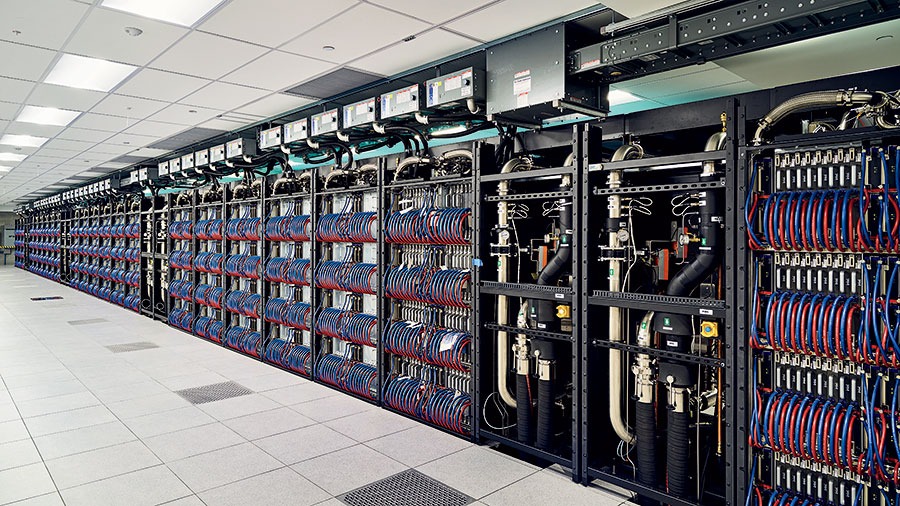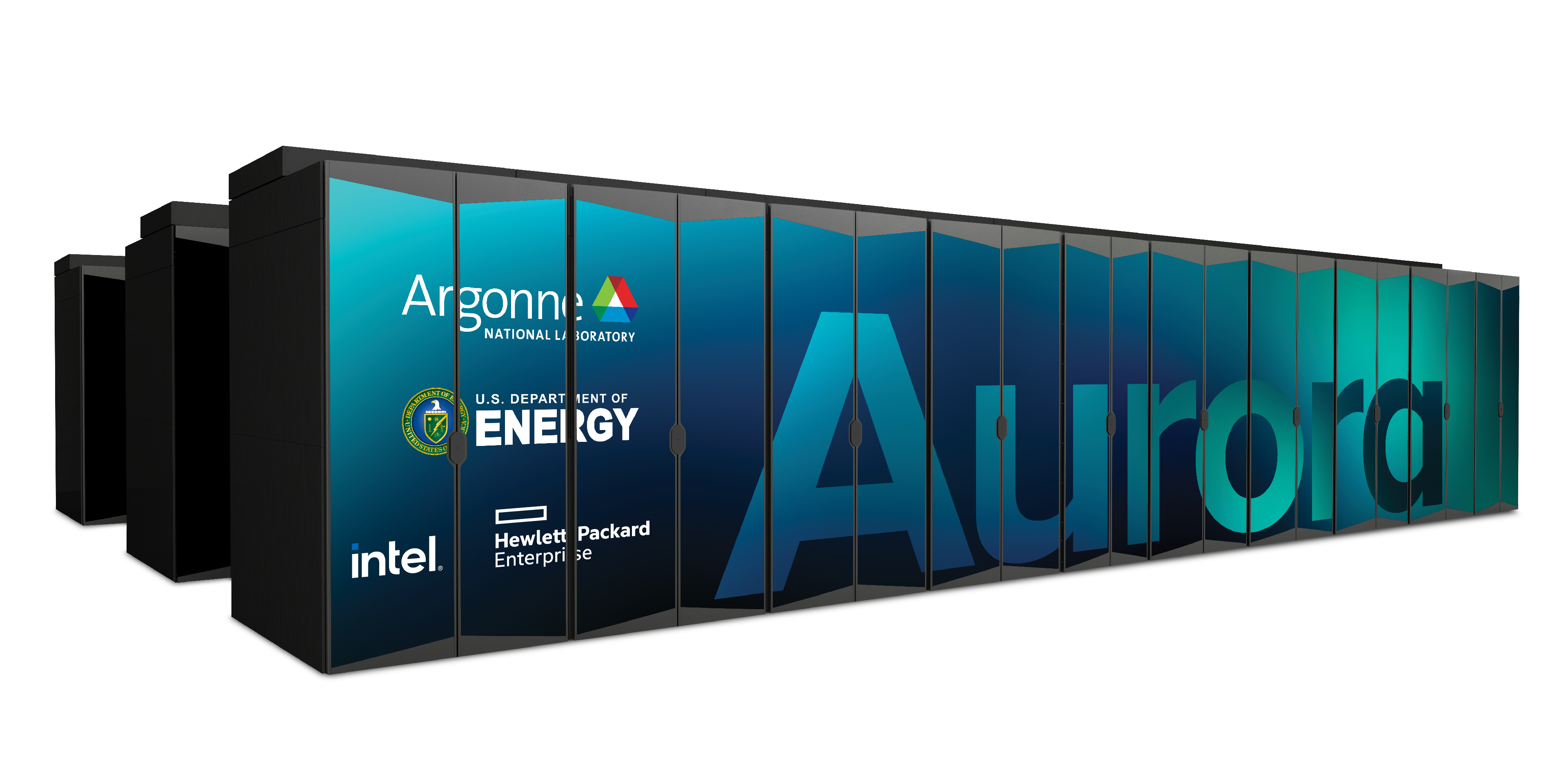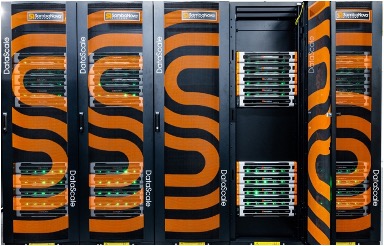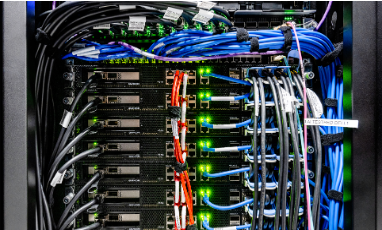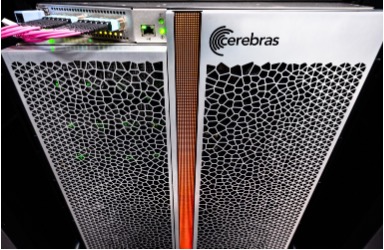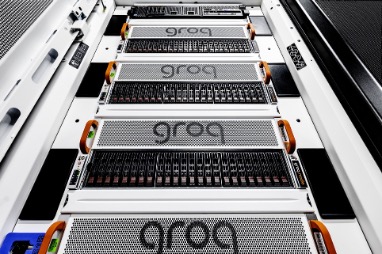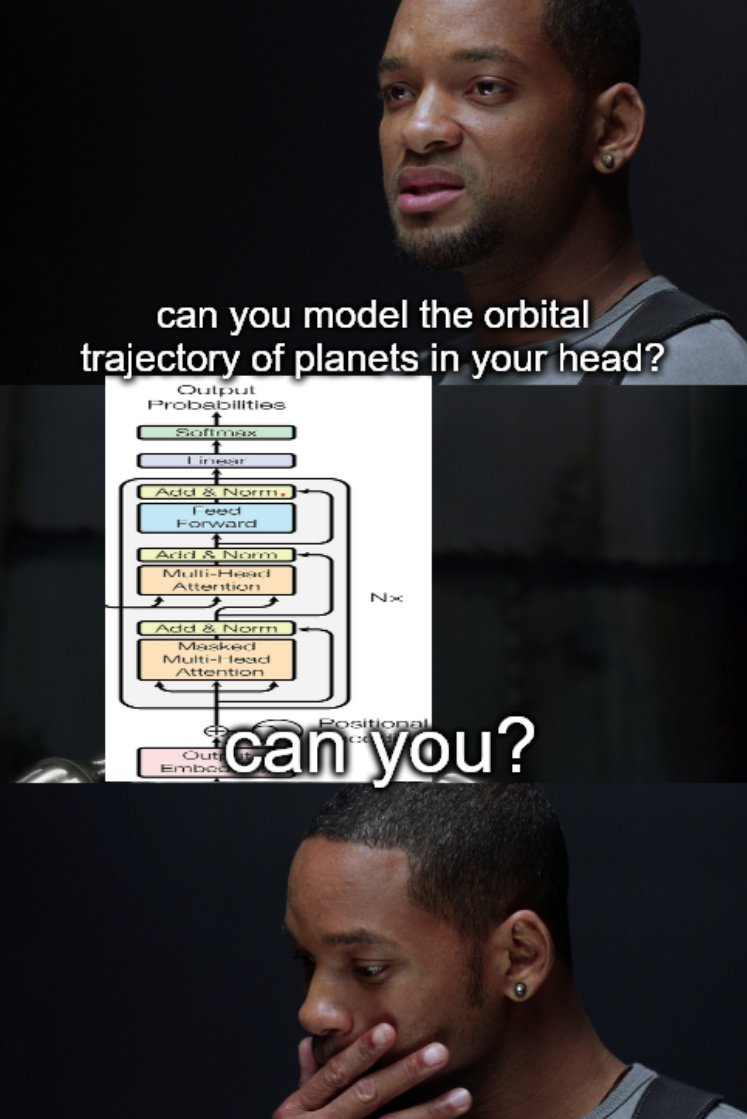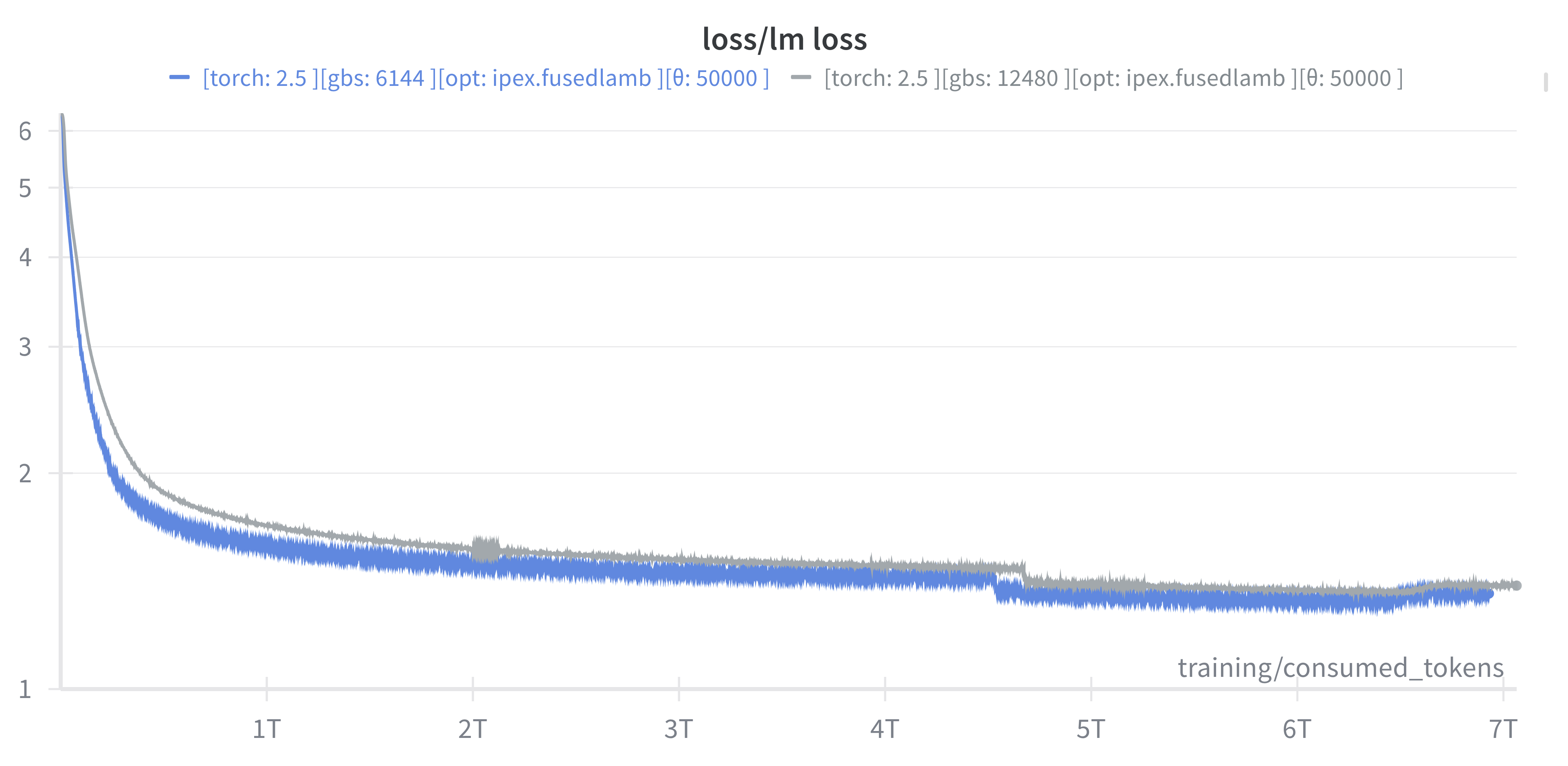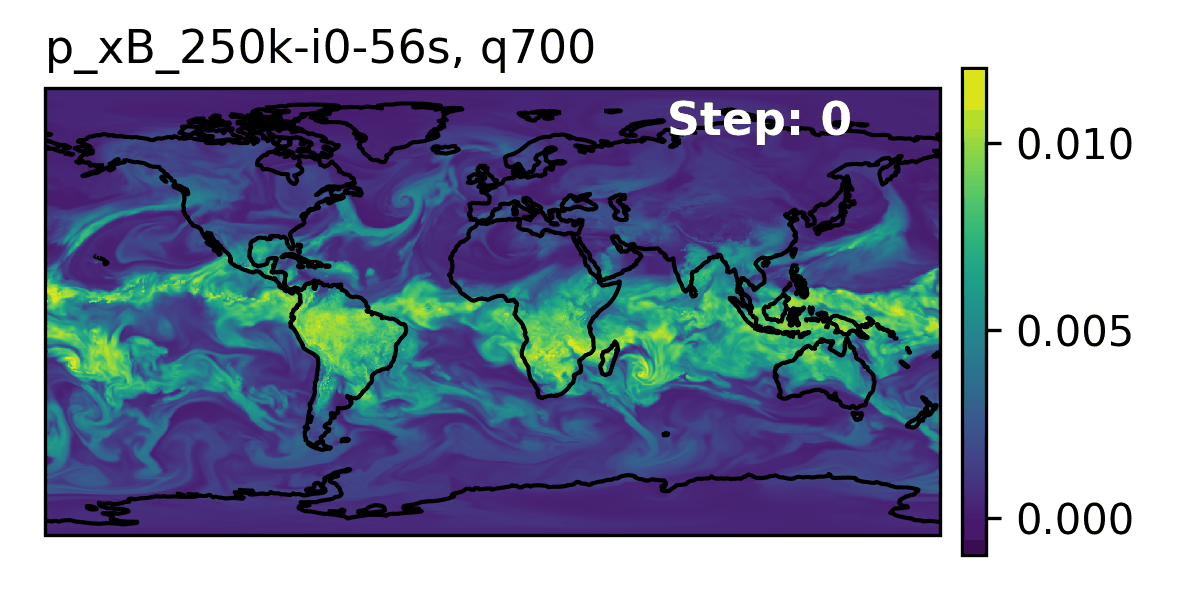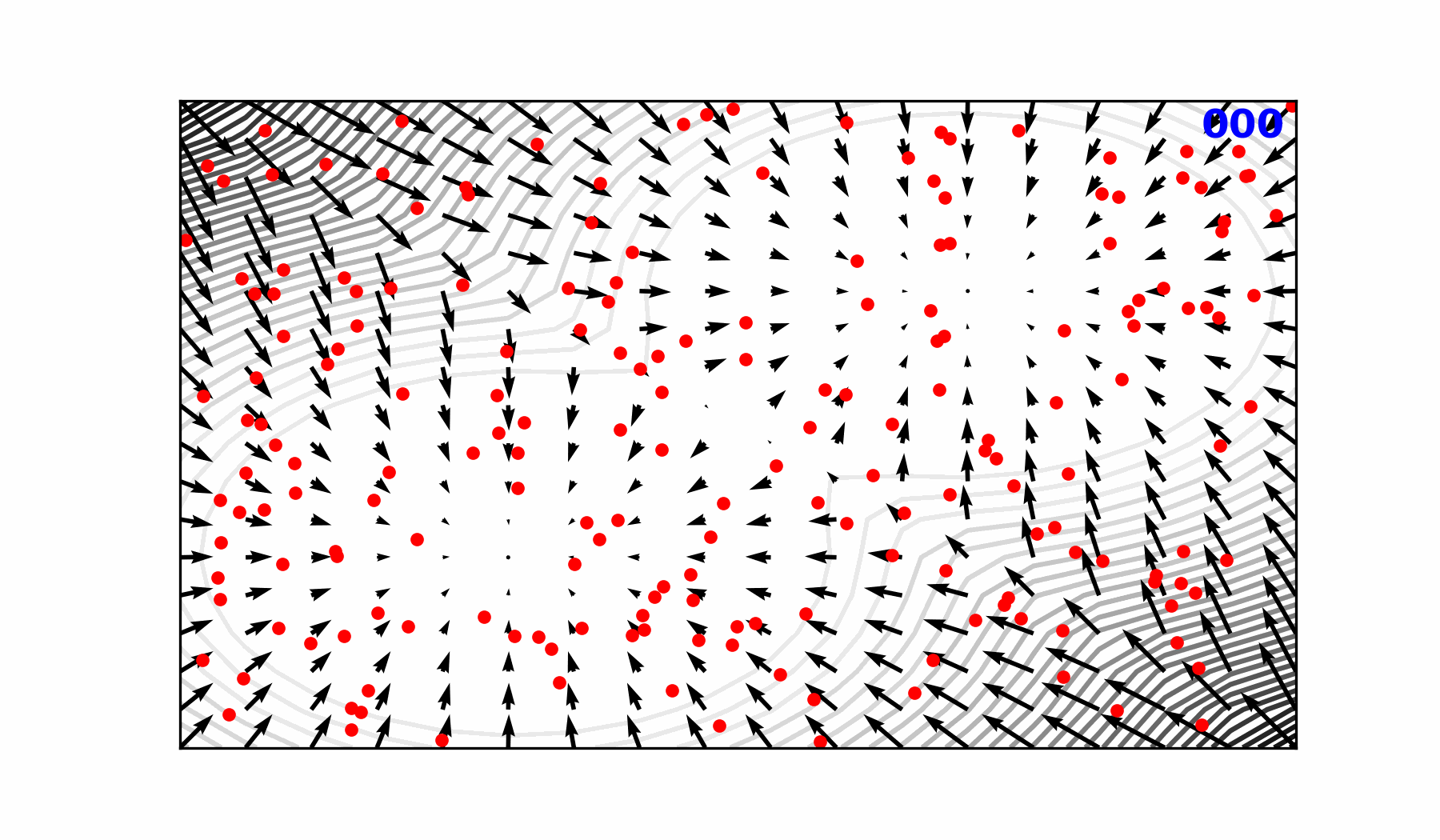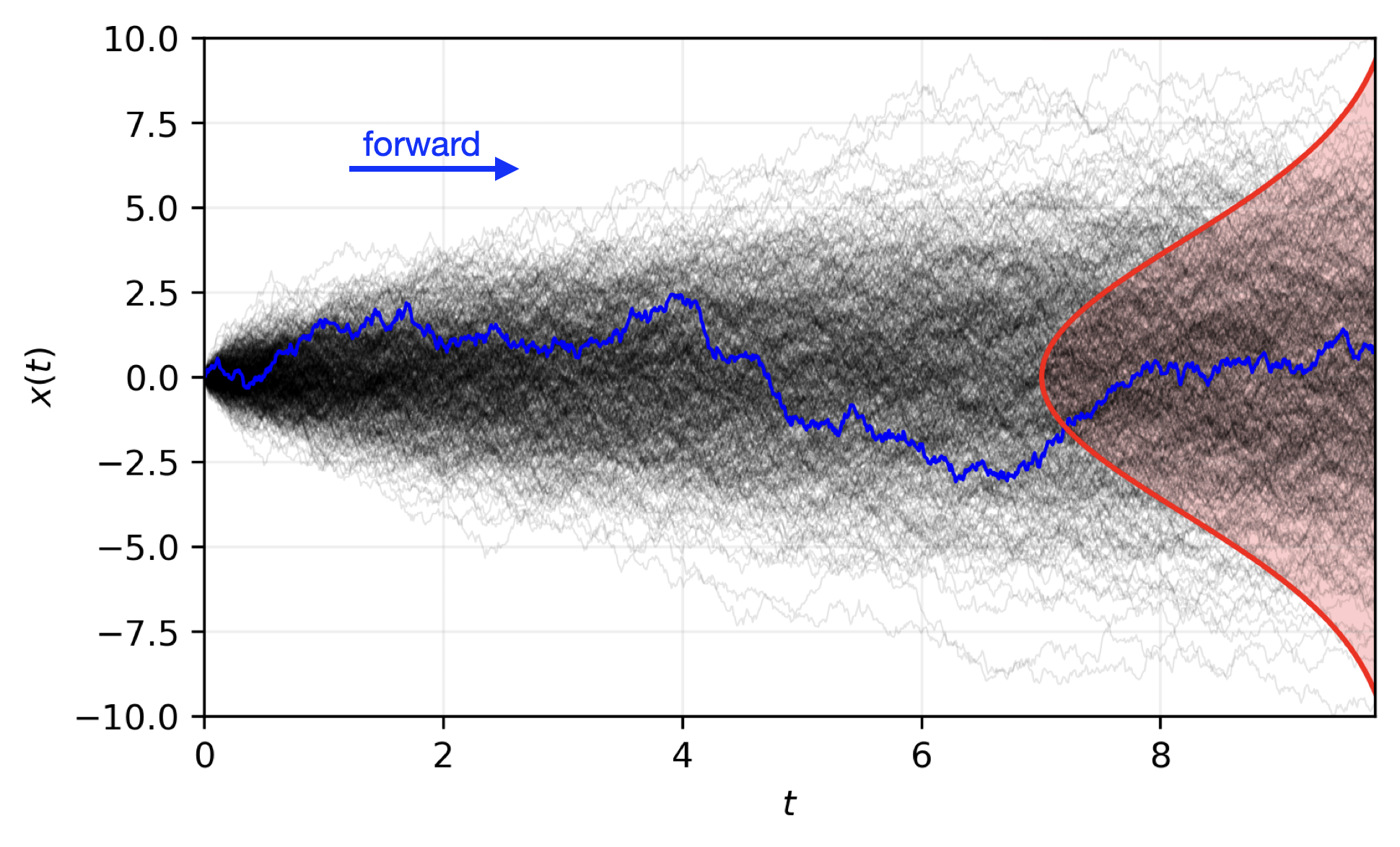Training Foundation Models on Supercomputers
Sam Foreman

@ University of Illinois at Urbana-Champaign
2025-10-24
🧑🏻💻 About Me
- 🏡 samforeman.me
- UIUC (2015):
- Engineering Physics + Applied Mathematics
- University of Iowa (2015–2019):
- PhD. Physics1
- ANL (2019–2022): Postdoctoral Researcher
- ANL (2022–Present): Assistant Computational Scientist
- Member of the AI/ML Group at ALCF
Current Research:
- AuroraGPT: Foundation Models for Science
- AERIS: Argonne’s Earth System Model
- Finalist for the 2025 ACM Gordon Bell Prize in Climate Modeling
- MProt-DPO: Multimodal Protein Design
- Finalist for the ACM Gordon Bell Prize 2024
- GenSLMs: Genome Scale Language Models.
Timeline
Argonne Leadership Computing Facility (ALCF)
The ALCF enables breakthroughs in science and engineering by providing supercomputing resources and expertise to the research community.
–alcf.anl.gov
🏗️ Aurora
| Property | Value |
|---|---|
| Racks | 166 |
| Nodes | 10,624 |
| XPUs2 | 127,488 |
| CPUs | 21,248 |
| NICs | 84,992 |
| HBM | 8 PB |
| DDR5c | 10 PB |
🤖 ALCF AI Testbed
- ALCF AI Testbed Systems are in production and available for allocations to the research community
- Significant improvement in time-to-solution and energy-efficiency for diverse AI for science applications.
- NAIRR Pilot
Up to 25× improvement for genomic foundation models with 6.5× energy efficiency
🔭 AI-for-Science
ChatGPT: explain this image
🌌 AuroraGPT (2024–)
AuroraGPT: General purpose scientific LLM Broadly trained on a general corpora plus scientific {papers, texts, data}
- Explore pathways towards a “Scientific Assistant” model
- Build with international partners (RIKEN, BSC, others)
- Multimodal: images, tables, equations, proofs, time series, graphs, fields, sequences, etc
Awesome-LLM
🧪 AuroraGPT: Open Science Foundation Model
🧰 AuroraGPT: Toolbox
- Datasets and data pipelines (how do we deal with scientific data?)
- Software infrastructure and workflows (scalable, robust, extensible)
- Evaluation of state-of-the-art LLM Models (how do they perform on scientific tasks?)
🚂 Training
argonne-lcf/Megatron-DeepSpeed
Large Model Training: Any Scale, Any Accelerator
🏃♂️ Running
argonne-lcf/inference-endpoints
Inference endpoints for LLMs, hosted @ ALCF
👥 Team Leads
🤝 Teams
- Planning
- Data Prep
- Accumulate 20+ T tokens of high-quality scientific text and structured data
- Models / Training1
- Train (entirely from scratch) a series of models on publicly available data
- Evaluation
- Skills, trustworthiness, safety, robustness, privacy, machine ethics
- Post-Training
- Fine-tuning, alignment
- Inference
- Model serving, API development / public-facing web services
- Distribution
- Licensing, generating and distributing artifacts for public consumption
- Communication
🏋️ Challenges: In Practice
This is incredibly difficult in practice, due in part to:
- Brand new {hardware, architecture, software}
- Lack of native support in existing frameworks (though getting better!)
- General system stability
+10k Nodes (×1Node12XPU)⇒ +100k XPUs- network performance
- file system stability (impacted by other users !)
- many unexpected difficulties occur at increasingly large scales
- Combinatorial explosion of possible configurations and experiments
- {hyperparameters, architectures, tokenizers, learning rates, …}
💾 AuroraGPT: Training
- To train a fixed model on trillions of tokens requires:
- Aggregating data from multiple different corpora
(e.g. ArXiv, Reddit, StackExchange, GitHub, Wikipedia, etc.) - Sampling each training batch according to a fixed distribution across corpora
- Building indices that map batches of tokens into these files (indexing)
The original implementation was slow:
- Designed to run serially on a single device
- Major bottleneck when debugging data pipeline at scale
- Aggregating data from multiple different corpora
🍹 AuroraGPT: Blending Data, Efficiently
📉 Training AuroraGPT-7B on 2T Tokens
📉 Training AuroraGPT-2B on 7T Tokens
✨ Features
argonne-lcf/Megatron-DeepSpeed
- 🕸️ Parallelism:
- {data, tensor, pipeline, sequence, …}
- ♻️ Checkpoint Converters:
- Megatron ⇄ 🤗 HF ⇄ ZeRO ⇄ Universal
- 🔀 DeepSpeed Integration:
- ZeRO Offloading
- Activation checkpointing
- AutoTP (WIP)
- ability to leverage features from DeepSpeed community
✨ Features (even more!)
- 🧗 Optimizers1:
- Support for many different optimizers:
- Distributed Shampoo, Muon, Adopt, Sophia, Lamb, GaLORE, ScheduleFree, …
- See full list
- Large batch training
- Support for many different optimizers:
- 📊 Experiment Tracking:
- Automatic experiment and metric tracking with Weights & Biases
🧬 MProt-DPO
- Finalist: SC’24 ACM Gordon Bell Prize
- One of the first protein design toolkits that integrates:
- Text, (protein/gene) sequence, structure/conformational sampling modalities to build aligned representations for protein sequence-function mapping
🧬 Scaling Results (2024)
~ 4 EFLOPS @ Aurora
38,400 XPUs
= 3200 [node] x 12 [XPU / node]-
- MProt-DPO: Breaking the ExaFLOPS Barrier for Multimodal Protein Design Workflows (Dharuman et al. (2024))
🧬 MProt-DPO: Scaling Results
🚂 Loooooooooong Sequence Lengths
- Working with Microsoft/DeepSpeed team to enable longer sequence lengths (context windows) for LLMs
- See my blog post for additional details
SEQ_LEN for both 25B and 33B models (See: Song et al. (2023))
🌎 AERIS (2025)
👀 High-Level Overview of AERIS
➕ Contributions
☔ AERIS
First billion-parameter diffusion model for weather + climate
- Operates at the pixel level (1 × 1 patch size), guided by physical priors
- Medium-range forecast skill:
- Surpasses IFS ENS, competitive with GenCast1
- Uniquely stable on seasonal scales to 90 days
🌀 SWiPe
A novel 3D (sequence-window-pipeline) parallelism strategy for training transformers across high-resolution inputs
- Enables scalable small-batch training on large supercomputers2
- 10.21 ExaFLOPS
- @ 121,000 Intel XPUs (Aurora)
⚠️ Issues with the Deterministic Approach
Transformers: - Deterministic
- Single input → single forecast
Diffusion: - Probabilistic
- Single input → ensemble of forecasts
- Captures uncertainty and variability in weather predictions
- Enables ensemble forecasting for better risk assessment
🎲 Transitioning to a Probabilistic Model
🌀 Sequence-Window-Pipeline Parallelism SWiPe
SWiPeis a novel parallelism strategy for Swin-based Transformers- Hybrid 3D Parallelism strategy, combining:
- Sequence parallelism (
SP) - Window parallelism (
WP) - Pipeline parallelism (
PP)
- Sequence parallelism (
🚀 AERIS: Scaling Results
- 10 EFLOPs (sustained) @ 120,960 GPUs
- See (Hatanpää et al. (2025)) for additional details
- arXiv:2509.13523
🌪️ Hurricane Laura
📓 References
❤️ Acknowledgements
This research used resources of the Argonne Leadership Computing Facility, which is a DOE Office of Science User Facility supported under Contract DE-AC02-06CH11357.
